Previous research
Dual-Active Single-Ended Wireless V2H System
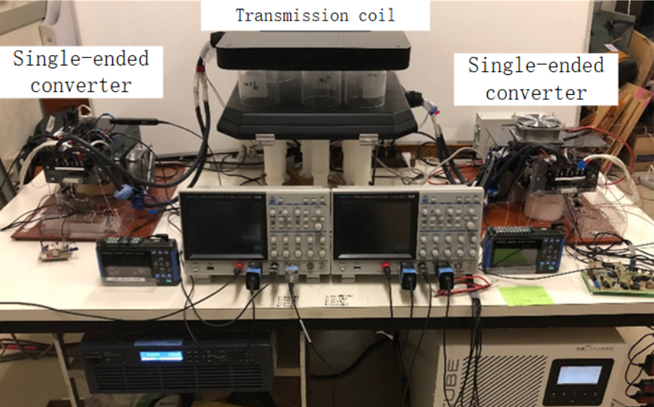

The bidirectional Wireless Power Transfer (WPT) device for vehicle-to-house (V2H) uses a simple, compact single-ended converter and self-synchronized phase-difference control mechanism. This research proposes a way whereby phase difference control could be self-contained on the slave side without mutual communication. This method allows for high-power wireless transmission despite the low coupling coefficient between the transfer coils. The phase difference and transmission power can be altered by changing the MOSFET conduction time on one side without synchronizing the phases on both sides.
Notch Frequency Generation Methods in Noise Spread Spectrum
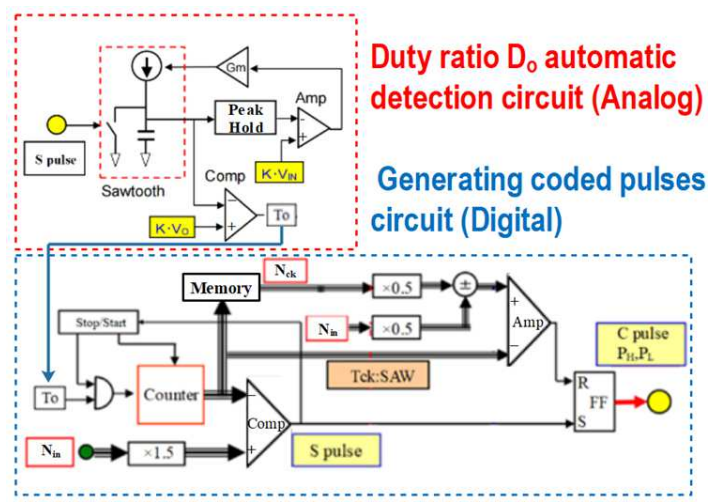
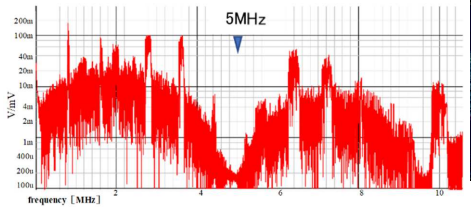
Two pulse coding control methods for generating notch frequency automatically in noise spread spectrum for switching DC-DC converters are proposed; these are based on our previously proposed method. Our two methods here generate the notch frequency Fn automatically according to the received frequency F in . The first one is a constant frequency PWM-controlled buck DC-DC converter where the clock frequency and coding pulse width are automatically set according to the frequency of the received signal to generate notch characteristics. The second one is a pulse frequency modulation (PFM) pulse coding DC-DC converter which generates a composite notch characteristic where both the constant pulse width and the periodic modulation coding pulse width are automatically matched with input frequency Fin.
Quadruped Robot with Remote Control using Arduino, Freescale KL Series Microcontroller, and PlayStation 2 Game Controller
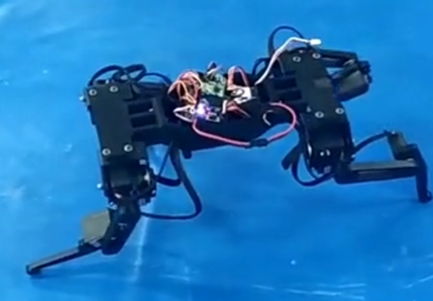
This undergraduate capstone project involved the design and development of a quadruped robot capable of being remotely controlled. The robot's electronic system is powered by an Arduino microcontroller and a Freescale KL series microcontroller, providing a reliable and efficient control platform.
The chosen method for remote control is a PlayStation 2 (PS2) game controller, allowing the user to seamlessly operate the robot's movements. The controller communicates with the microcontrollers to execute different actions, such as walking, turning, and other pre-programmed movements.
The project required a thorough understanding of robotics, microcontroller programming, and wireless communication. The completed quadruped robot demonstrates the potential applications of such technology in various fields, including exploration, search and rescue, and entertainment.
Autonomous Two-Wheeled Self-Balancing Vehicle with Electromagnetic Signal Tracking Using Freescale Microcontrollers
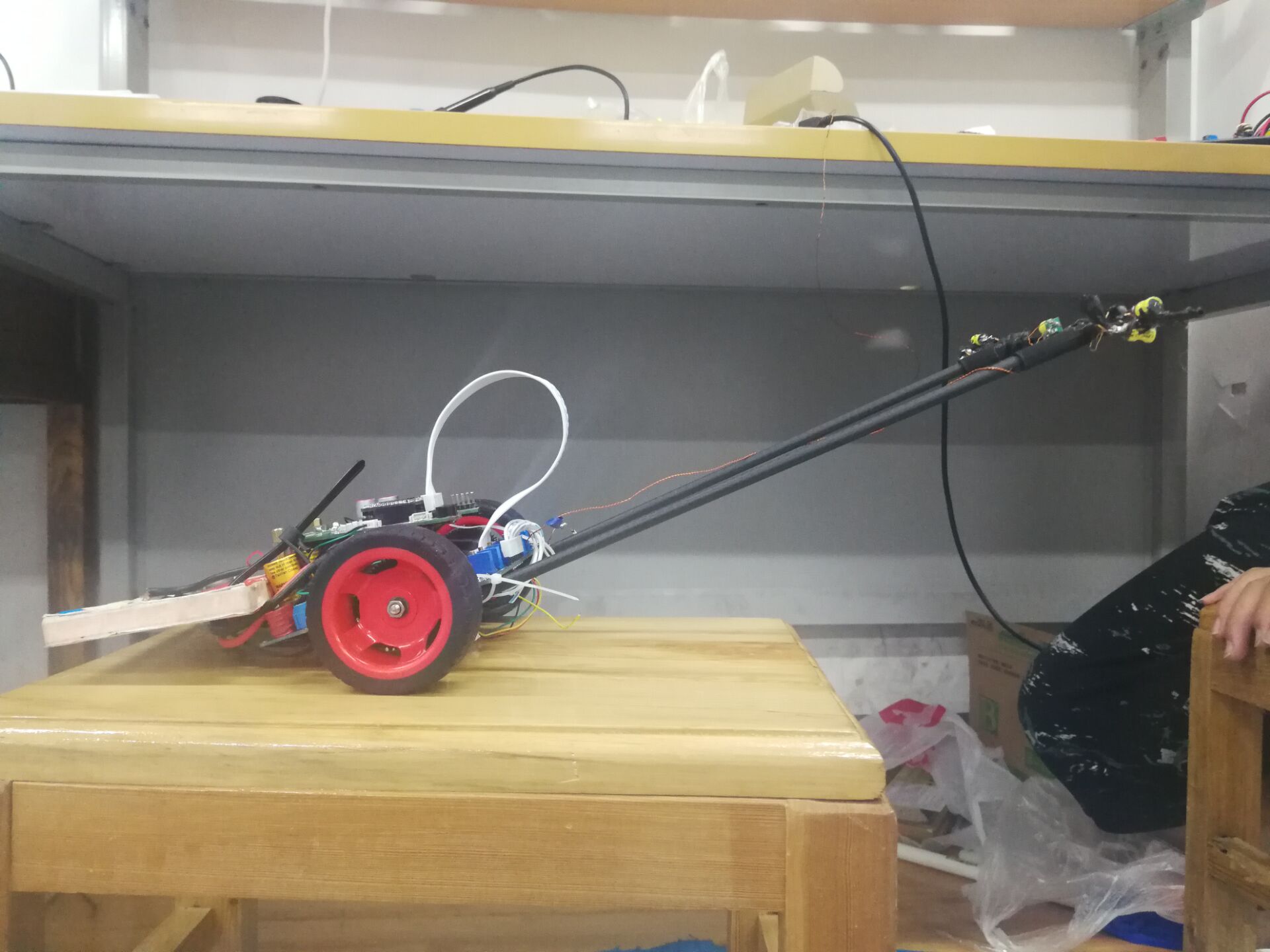
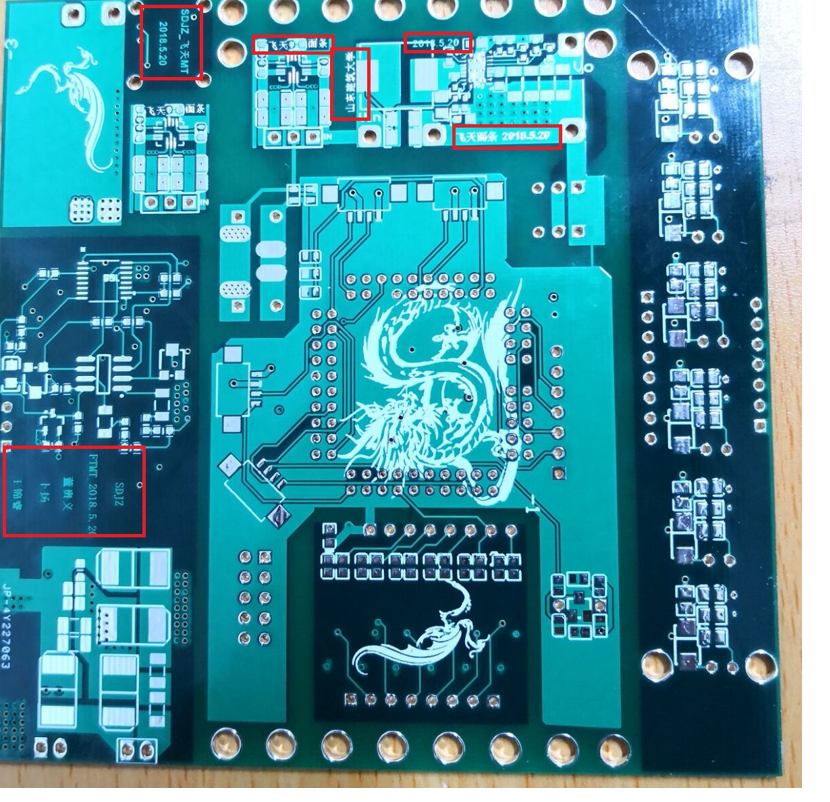
In this project, I participated in two Freescale competitions that involved developing an autonomous two-wheeled self-balancing vehicle. The vehicle's control system is powered by a Freescale series microcontroller, which ensures efficient and reliable performance.
The primary feature of this vehicle is its ability to automatically track electromagnetic signals, which allows it to achieve the goal of autonomous driving. By detecting and following these signals, the vehicle can navigate through various environments without human intervention.
The project required a deep understanding of microcontroller programming, control systems, and signal processing. The successful development of this autonomous two-wheeled self-balancing vehicle showcases the potential of integrating such technology in various applications, such as transportation, logistics, and other areas where autonomous navigation is essential.









